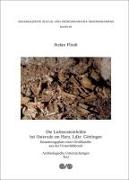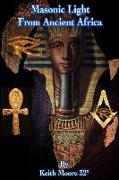Die Lichtensteinhöhle bei Osterode am Harz, Ldkr. Göttingen
BücherAngebote / Angebote:
This volume of the Materialhefte zur Ur- und Frühgeschichte presents the results of a long-running archaeological excavation in the Lichtenstein cave near Osterode am Harz [Germany, state of Lower Saxony, district of Göttingen]. Based on the extensive finds assemblage, which amongst others comprises numerous remains of pottery vessels and more than 200 bronze objects, the site can be dated to the 10th-9th centuries B.C. and thereby to a younger part of the Urnfield Period. Particularly important for Urnfield Period research is the assemblage of more than 4.000 unburnt human bones, found in the cave without anatomical connection. Based on extensive aDNA analysis, these skeletal elements could be assigned to 57 individuals, 42 of whom form a biological kinship group spanning 4-5 generations and comprising four genetically closely related family units. The amount and composition of the human bone assemblage, alongside further indications, leave little doubt that the Lichtenstein cave bone material is the result of the secondary deposition of selected skeletal elements, and that the cave therefore functioned as a family tomb for almost a century. This is the first time that a regular multi-stage burial custom, practised over a longer period of time and involving secondary burial in a cave, has been documented for the Urnfield Period. In addition, the rich finds assemblage and the numerous features from Lichtenstein cave provide detailed insights into the accompanying funerary rites and the beliefs of the cave's Urnfield Period users that significantly expand our understanding. The results of the extensive scientific analyses, amongst others focusing on the human and animal bone and the botanic macroremains, as well as the results of isotopic investigations, will be published shortly in a subsequent volume.
Folgt in ca. 2-3 Arbeitstagen




